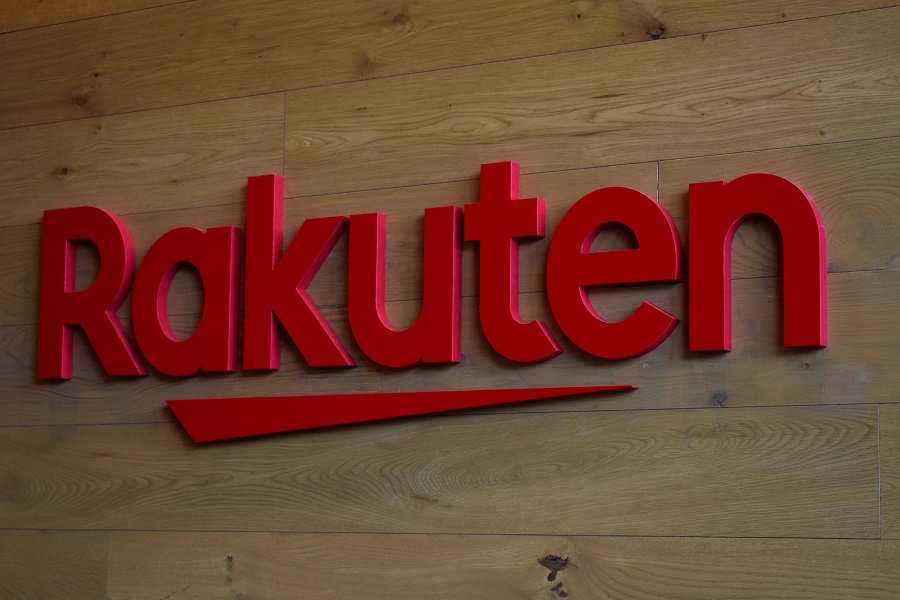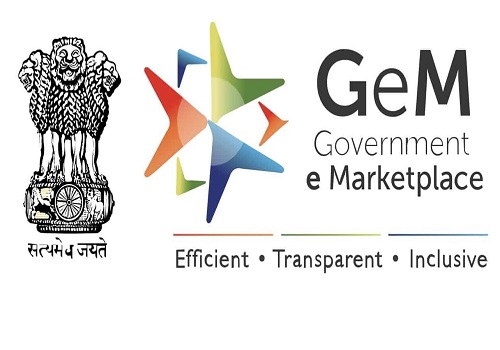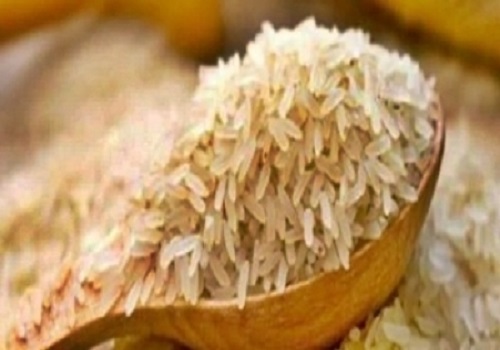India's Sugar Output Set to Dip in SY2025 Amid Rising Ethanol Diversion by Amit Gupta, Kedia Advisory
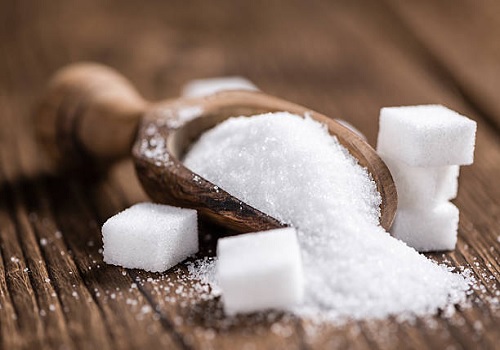
India’s sugar production is projected to fall to 30 million tonnes in SY2025, down from 32 million tonnes in the previous year, due to increased diversion towards ethanol production. Integrated sugar mills are expected to see a 10% revenue growth, driven by higher sales volumes and firm domestic prices. The sector's outlook remains stable with anticipated improvements in profitability and government support for ethanol blending.
Highlights
Projected Decline in Sugar Production: India’s net sugar production is expected to decline to 30 million tonnes (mt) in the sugar season (SY) 2025 from 32 mt in the previous year. This decrease is largely attributed to an anticipated increase in the diversion of sugar to ethanol production.
Revenue Growth for Sugar Mills: Integrated sugar mills are projected to see a 10% increase in revenues in FY2025. This growth is supported by expected increases in sales volumes, firm domestic sugar prices, and higher distillery volumes following the operationalisation of new capacities.
Ethanol Diversion Impact: ICRA projects that higher ethanol diversion, potentially up to 4 mt, will still result in moderately high closing sugar stock levels. Clarity on policies regarding diversion caps and exports will be crucial for the sector's outlook.
Stable Domestic Sugar Prices: Domestic sugar prices are expected to remain firm, ranging between ?38-39/kg, supporting the profitability of sugar mills. This stability is anticipated to last until the start of the next sugar season.
Operating Profit Margins: Sugar mills are expected to maintain comfortable operating profit margins in FY25, similar to FY24. This is due to firm sugar realisations and higher cane prices, bolstered by government support through the ethanol blending programme (EBP).
Ethanol Blending Programme (EBP): The trend for ethanol blending has been positive, with higher contributions from grain-based distilleries. For Ethanol Supply Year (ESY) 2025, increasing diversion towards ethanol production is critical to meet the government's 20% blending target.
Challenges for Ethanol Production: Key challenges include ensuring sufficient feedstock for grain-based distilleries, infrastructure upgrades to support higher blending levels, and timely introduction and public adoption of E-20 compliant vehicles.
Closing Sugar Stock Levels: ICRA expects the closing sugar stock to be around 9.1 mt as of September 30, 2024, higher than 5.6 mt the previous year. This stock level equates to 3.8 months of consumption, with expectations of further increases by September 30, 2025.
Conclusion:
India's sugar industry faces a notable shift as the projected decline in production for SY2025 highlights a strategic move towards increased ethanol diversion. This adjustment, while reducing sugar output, is expected to boost revenues for integrated sugar mills due to stable domestic prices and enhanced distillery volumes. The sector's ability to adapt to evolving policies and maintain profitability will depend on effective implementation of the ethanol blending programme and addressing challenges related to feedstock and infrastructure. Overall, the outlook remains stable, supported by firm domestic prices and government initiatives.
Above views are of the author and not of the website kindly read disclaimer
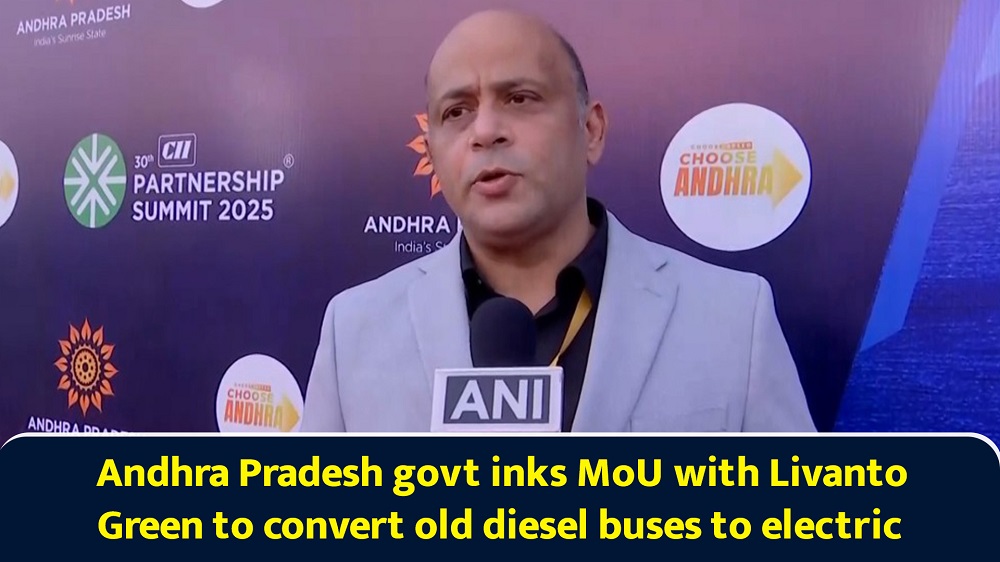



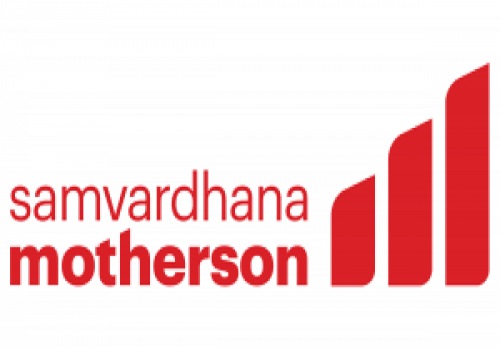

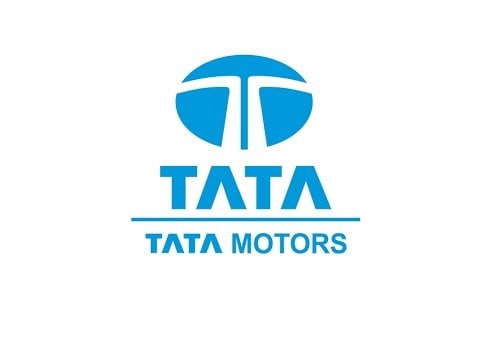

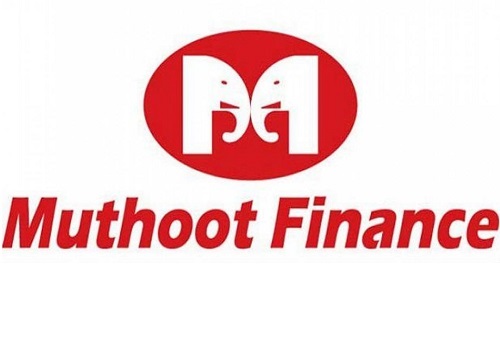

Tag News

Quote on Weekly Market outlook 14th November 2025 by by Mr. Bharat K Gala President, Technic...








